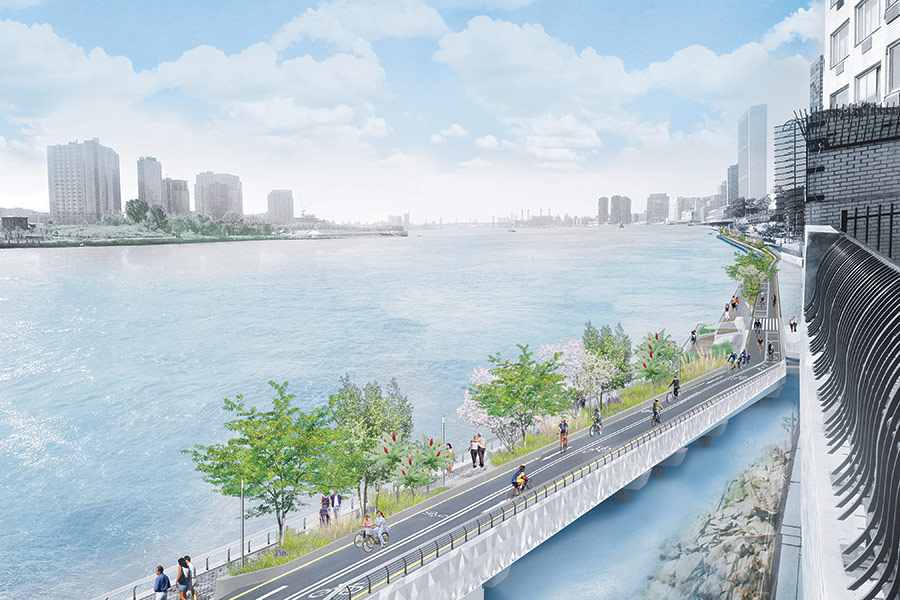
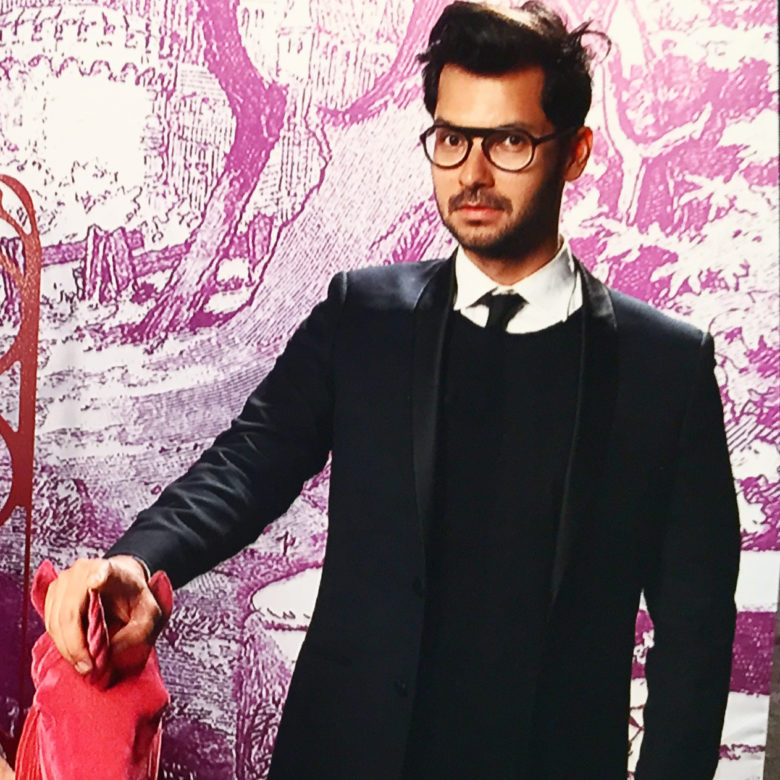
What are you most excited about for the Van Alen Spring Party?
That it’s a series of music moments that happen throughout the night: a solo performance, a breakout band, a full-on DJ set—you don’t always find all of that in an architecture party. I love that idea of having an entire night of dance.
And where are you practicing?
I recently started taking classes with Abby Goldenberg. She’s actually a lawyer, and teaches a class for fun, drawing upon her background in dance. She goes through different choreographies. Sometimes it’s hiphop, sometimes jazz hands-y Broadway, and last week we just did straight-up pop.
It’s the best way to end your workday: 7:30, get to the dance floor, and sweat it out for 90 minutes.
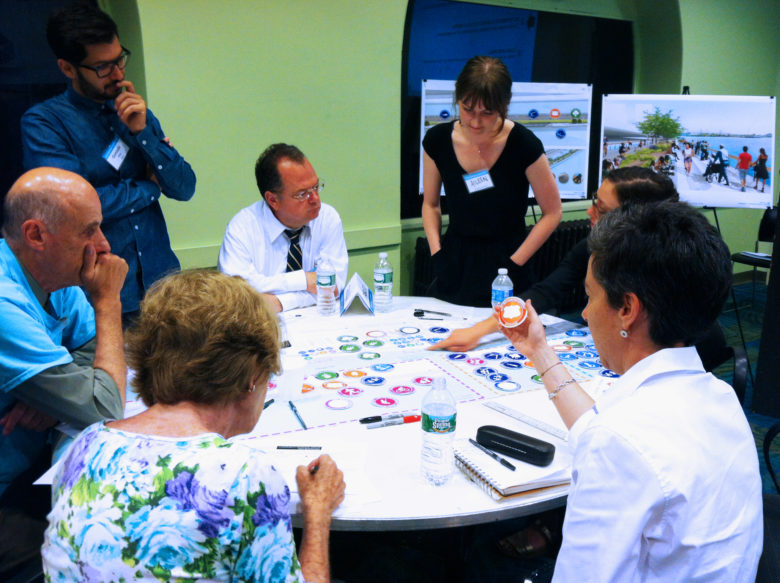
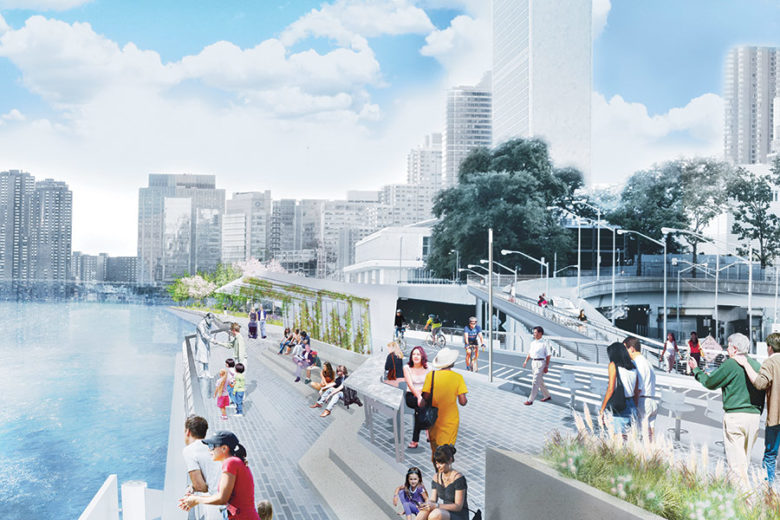
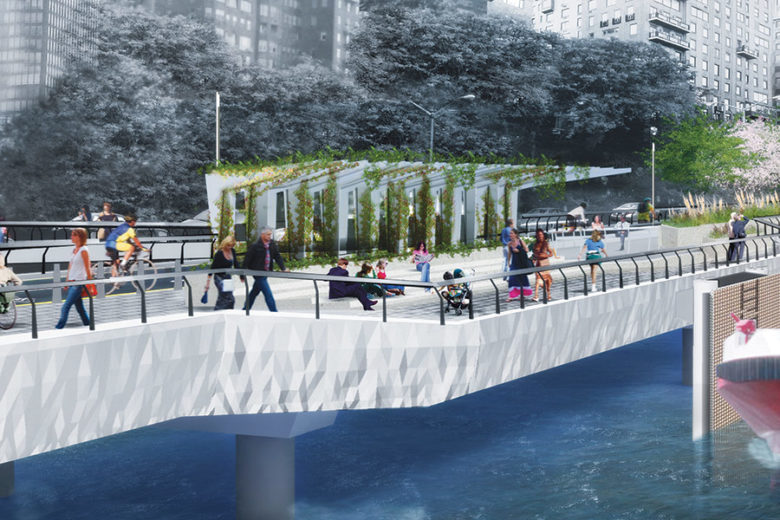
Speaking of work—we’ve been following your East River Esplanade project. Perhaps you know that Van Alen held a competition a few years back called Design Ideas for New York’s Other River looking at ways to reconnect the city to the East River, and now you’re making it happen. How was the process of open engagement employed in the Esplanade project, and what lessons can be learned?
It was actually a lot of fun. Since this is a city-led project, we worked closely with a lot of agencies: the Economic Development Corporation, the Department of Transportation, and the Parks Department. Between these three agencies we put together criteria for reaching out to the community for initial ideas. Typically people in this neighborhood are conservative—Upper East Siders fear the High Line and they want to keep people away from their community. We explained that this was a community-driven, linear passive park. There aren’t too many amenities, just a few special moments and programmatic opportunities.
So, we met with the community a number of times. We had charrettes. We got their feedback. Some of the special moments—the connection points—were crafted around community desires—what they wanted. At the meetings, we actually designed models for people to play with, and talked about the length, how the experience of the esplanade would be. Everyone was happy in the end.
What’s next for the project?
We got the Office of the Coast Guard’s final approval a couple of weeks ago, which is a huge deal. There are issues of environmental sensitivity and permitting with anything having to do with the East River: drilling, piling, habitat disturbance. We have been working with them to make sure everything’s okay structurally. The EPA approved it, the Parks Department is on board, the Department of Transportation is on board. These things can take forever, so it’s great to see momentum here.
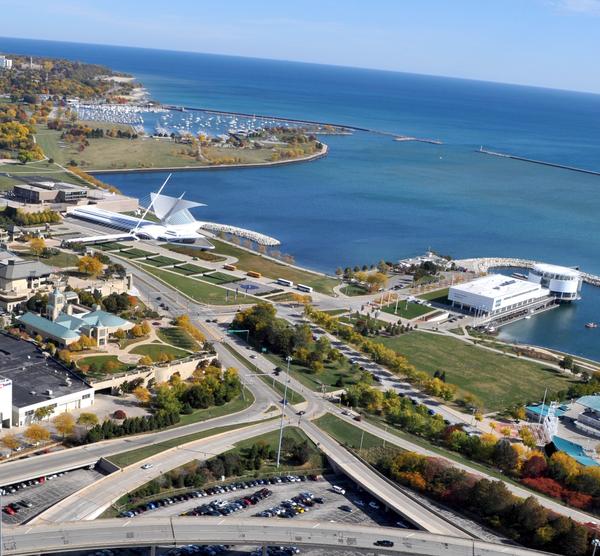
Beyond the East River, what else is on the horizon for your team at AECOM?
We got shortlisted to compete for a game-changing national competition for Milwaukee’s lakefront. About 20 teams submitted qualifications, and about 4 are moving forward with the paid competition. There’s going to be a public presentation and online voting. I’m so thrilled—that’s where my head is right now.
What are the most pressing challenges with the project?
I think the important thing is how to activate this central plaza. There’s a landscape of large, culturally, and architecturally relevant set of buildings framing the entire waterfront, including amazing older structures and a Calatrava-designed museum, but it isn’t well-connected to the water’s edge. The entire development is separated by a highway, and there are opportunities for connectivity on the ground.
One of the things that we’re going to test is activation all year-round. Like many cities around the world, winter comes, and it’s morbid. But there are still wonderful environments in place that aren’t utilized. Our charge is strategic programing that can activate the waterfront throughout the year—architectural maneuvers, hybrid spaces—to really engage the city’s seasonality.